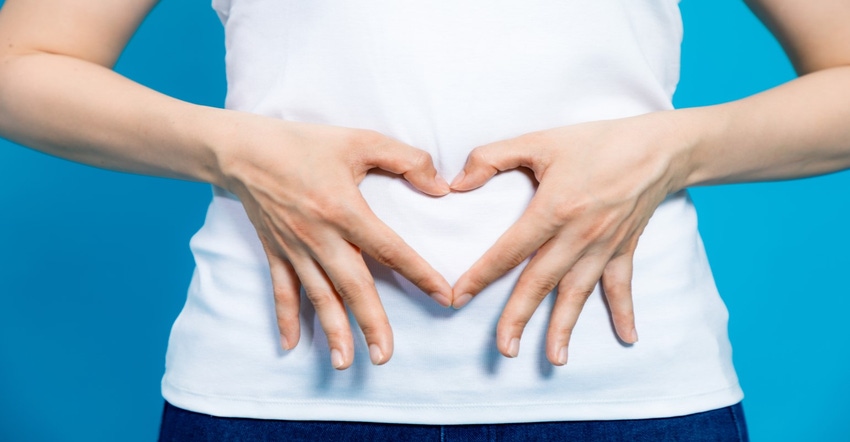Bacteria and/or metabolites are capable of modifying the microbiome or returning it to its original conditions.
September 18, 2018

As Woody Allen said, bacteria—those microscopic organisms only visualized with a microscope’s help—were the first inhabitants of the Earth and will probably be the last to abandon it. They are also the most abundant living beings on the planet. Experts in microbial ecology calculate there exist about 50 nonillion bacteria (5X1030); this means for every human being on Earth, there are almost seven hundreds of quintillions of bacteria (7X1020). Interestingly, an important part of this microbial biomass lives inside the human body. All this was unknown 10 years ago. Thanks to the application of massive genomic sequencing techniques, in recent years, scientists have determined there are as many human cells in the body as bacteria inside. They are particularly numerous on the skin and in the digestive tract. If a person weighs approximately 155 pounds, 2.2 pounds consists of the bacteria that populate his/her digestive system. In fact, scientific experts have spoken about a neglected organ not described to date that has a transcendental relationship with one’s diet. The reason is clear: a person’s bacterial ecosystem is responsible for extracting energy from the diet and modifying or destroying ingested substances that may be healthy or deleterious to a person’s health.
This set of bacterial species that populate the human digestive tract is known as the gut microbiome. Each human being has their own particular gut microbiome, and no two are the same—it is like a fingerprint. However, there are similarities, so the gut microbiomes of healthy individuals can be classified into three groups, known as enterotypes. The gut microbiome can vary depending on age, diet, the use of drugs (mainly antibiotics) or state of health (e.g., disease, sickness). These changes are usually reversible and open the door to the development of new foods and dietary supplements that contain bacteria and/or metabolites (e.g., prebiotics) capable of returning the microbiome to its original condition or modifying it.
Consider the situation of individuals with celiac disease. Children with celiac disease have a different gut microbiome than healthy children. They have a high proportion of Enterobacteria species and less Bifidobacteria or Lactobacilli counts. This alteration is called dysbiosis and is, to some extent, responsible for the intestinal inflammation these patients exhibit. In a double-blind, randomized, placebo-controlled clinical study, children with celiac disease were given B. longum CECT 7347 or placebo daily for three months, together with a gluten-free diet (Br J Nutr. 2014;112:30-40). Results suggested Bifidobacteria and Lactobacilli were increased and Enterobacteria were decreased in the CECT 7347 group, as compared to placebo.
This is an excerpt from the “Understanding the microbiome to drive product development” article featured in INSIDER’s Probiotics: Masters of the Microbiome digital magazine. Click the link to read more.
Daniel Ramón, Ph.D., attained his doctorate while working at the department of molecular genetics of the pharmaceutical company Antibióticos S.A. He then moved to the University of Wageningen in the Netherlands for post-doctoral studies. Ramón was professor of food technology at both the National Spanish Research Council (CSIC) and the University of Valencia. He currently serves as vice president of research and development (R&D), health & wellness, at Archer Daniels Midland Co. (ADM), as well as director of Biopolis, a microbial biotech company subsidiary of ADM. Ramón has authored 150 articles in peer-reviewed journals and co-authored more than 100 patents.
To hear more from Daniel Ramón, Ph.D., on the latest probiotic research, attend the "Probiotic Product Development: A Need-To-Know Guide Before Taking That First Step" workshop on Saturday, Nov. 10, at SupplySide West 2018. This workshop was developed in conjunction with the International Probiotics Association (IPA) and is underwritten by Deerland Enzymes, DuPont, Lallemand Health Solutions, Morinaga, Probi and Sabinsa. And don’t miss out on visiting the IPA Probiotics Resource Center, booth 5355, also developed in conjunction with IPA. Sponsored by Nutrasource Pharmaceutical and Nutraceutical Services, it offers SupplySide West attendees a high-profile location to learn about key issues in the probiotics market.
.
About the Author(s)
You May Also Like




.png?width=800&auto=webp&quality=80&disable=upscale)